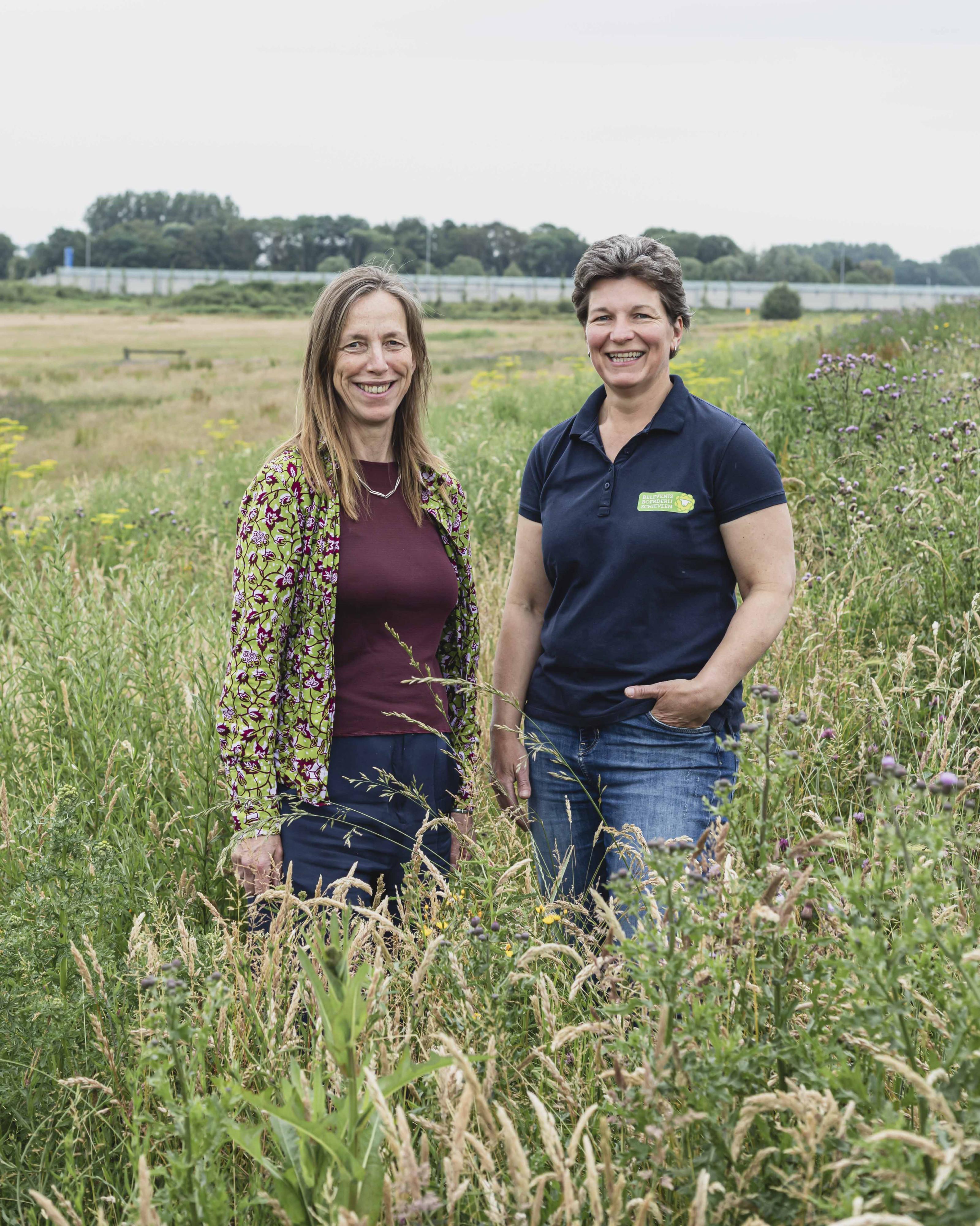Nature of Hope approaches architecture as an ecological practice. People are not separate from nature, but an integral part of it. But the binary thinking in which nature is everything that is not human or made by people has a long and dominant history. To introduce the exhibition, IABR therefore asked researchers, philosophers, historians and writers to reflect on how we look at nature. Every week we share one of the contributions, which can also be seen in the exhibition.
Clemens Driessen writes about Maria Sibylla Merian, who early on saw the importance of the relationships between plants and animals – but whose knowledge is also a product of colonialism.
Maria Sibylla Merian has been called the first ecologist. Through her lifelong fascination with the metamorphosis of insects, she pioneered the representation of the relationships between animals and plants. Her images did not just flatly depict dead specimens collected in popular cabinets of curiosity. In lively compositions, individual insects are shown in symbiosis with the host plants that provide food and shelter in their distinct life stages: egg, caterpillar, pupa, and then butterfly.
While many scholars still believed that insects could emerge spontaneously from dead matter, her systematic investigation into the development of insects such as butterflies and moths was groundbreaking. With her book on caterpillars an artistic and scholarly success, and intrigued by the incredible collections of insects arriving in Amsterdam through the colonial trade, Merian embarked on a research trip to Surinam in 1699.
The plantation owners who hosted Merian mocked her attention to the diversity of nature. She complained that they were only interested in sugar. In her accounts of fieldwork in search of insects, Merian drew on the knowledge of Indigenous and enslaved people. While she had them cut paths and bring new species, they shared descriptions of the behaviors of animals and functions of plants. In the book she compiled after her return, Metamorphosis insectorum Surinamensium, Merian recounts how they used certain plants to treat illness and others to abort pregnancies so that their children would not have to endure the cruel treatment of the Dutch plantation owners.
Even though her unique combination of descriptions and images was taken seriously by later systematizers such as Linnaeus, who named many species after her, Merian’s approach of paying close attention to behavior and symbiosis was largely traded in again for the mere ordering of specimens and their anatomy. After the modern separation of art and science, the vivid understanding of the complex relationships between plants and animals mostly turned into efforts to control pests in ever larger monocultures.
Merian's work representing ecological relationships can again be crucial if we are to learn to live with biodiversity and appreciate the complex connections between plants, animals, and, as in her work on Suriname, people. But her images are also a reminder of how scientific advances can be the product of a system of colonial violence and the commercial appropriation of local knowledge.




